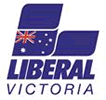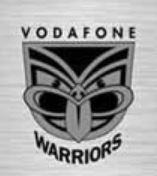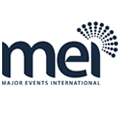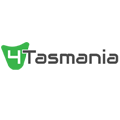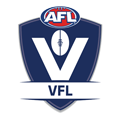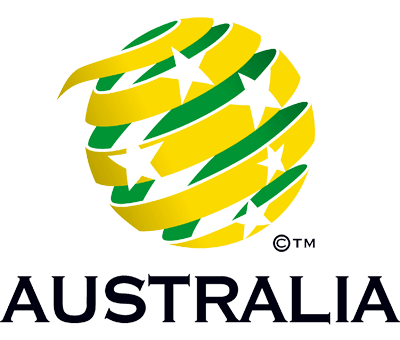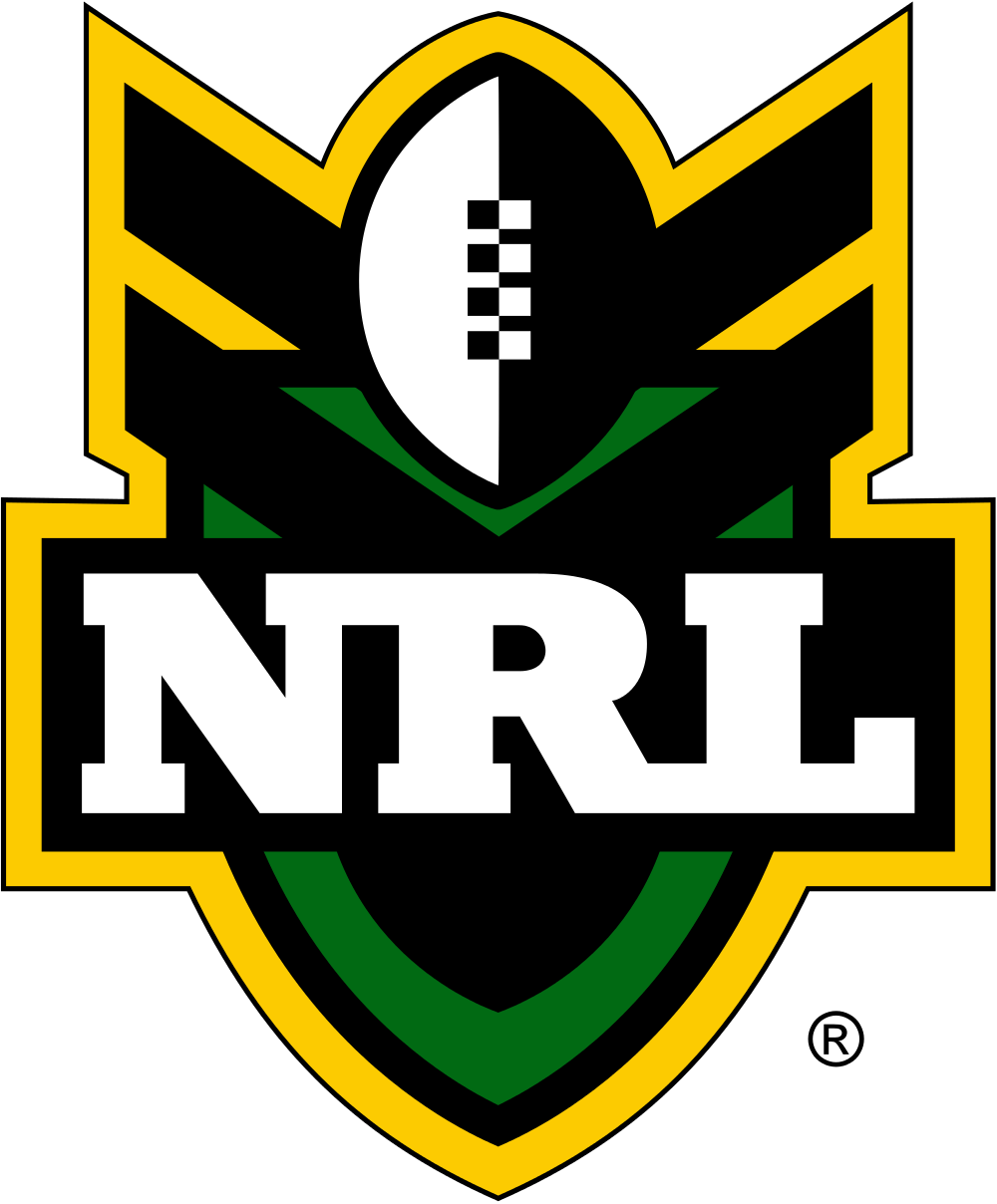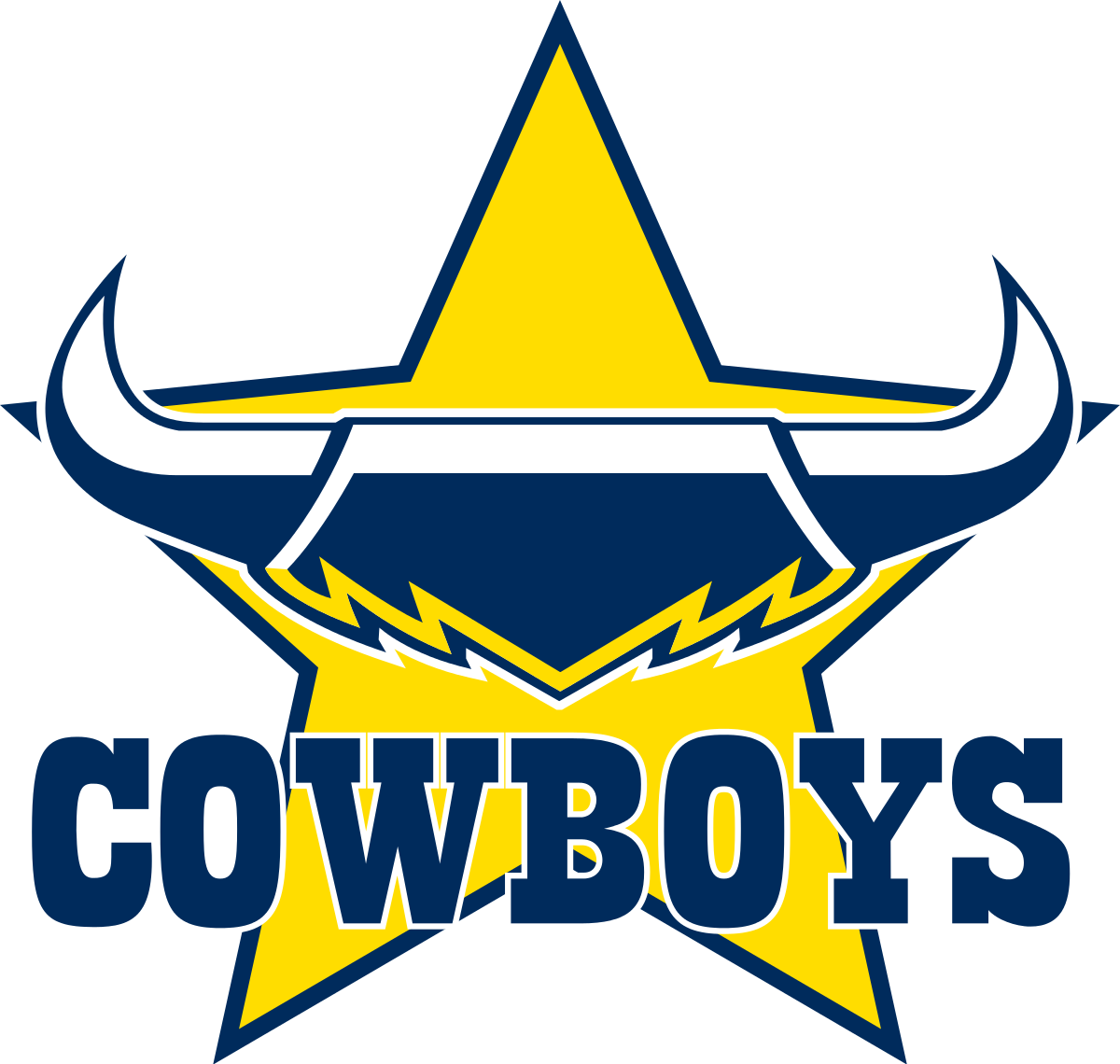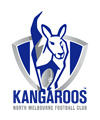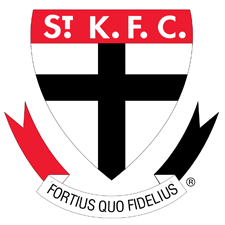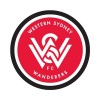Contents
This is important to know because there are courses that are comprehensive and not self paced in case you have time on your hands. In addition to the base salary, the trader gets a percentage of the returns that he/she brings to the organisation. Institutional umarkets review traders must not be mixed with proprietary traders , even though they are in some ways similar. An abstract is not available for this content so a preview has been provided. Please use the Get access link above for information on how to access this content.
With our leading position in European equity derivatives and up to 20% market share in SX5E options, you can be confident of achieving competitive execution. Our ability to manage risk by aggregating positions across numerous global asset classes enables us to always keep our pricing tight. It also ensures we’re there to support our direct counterparties when conditions become turbulent and liquidity falls away. We provide institutional investors around the globe with liquidity in equities, FX, fixed income and commodity products. We do this by offering consistently competitive prices in options, futures and ETFs in major markets.
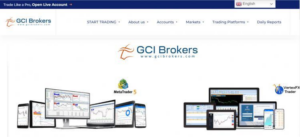
Sales executives help institutional clients to achieve their particular investment objectives, providing them not only with product expertise but also with access to all areas of the firm. Since institutional traders hold so much sway over the market, they need to reveal their holdings every quarter. The U.S. Securities and Exchange Commission requires institutional investors that handle over $100 million to file Form 13F each quarter. This form lets the public know what equities an institution held in the prior quarter. While both retail and institutional traders trade the same assets, they don’t have the same degree of access to data, investment vehicles, or disposable capital. Since many analysts develop an institution’s investment strategy, it’s less likely an institutional trader will make emotional decisions.
As Renaissance became a major player in the financial world, its executives began exerting influence on other areas. Simons became a major force in scientific research, education and Democratic politics, funding Hilary Clinton’s presidential campaign. He is one of the bests amongst legendary investors, including Warren Buffett, George Soros and Ray Dalio. A combination of the original plan of Graham and the current financial situation are the reasons behind this book’s preference amongst today’s investors. It is a detailed version with several wisdom quotes that are likely to change one’s investing career and lead to the path of financial safety and security. Through an established, global team of consultants, we help you define what you need from your trading partner, and work with you to develop the right plan to deliver results.
Retail traders vs. institutional traders
Moreover, by dealing with huge volumes and special contracts, institutional traders have access to better prices in the market and can even directly influence the price movement of the assets they trade. As a matter of fact, institutional traders fight themselves to try to control the market and drive it towards their interests. As a result, the impact of institutional trading on stock prices can be substantial.
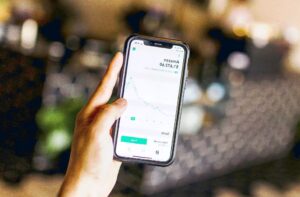
All counterparty relationships are kept private and there are no brokerage fees. Since retail investors rely on their income, they can’t make the same large purchases institutions can. For this reason, retail investors may favor assets with low dollar amounts versus institutions. Retail investors are more likely to slowly dollar-cost average into assets they prefer rather than buying large lots of shares in one go.
TRADEWEB DIRECT: Retail and Middle Markets
Our firm’s commitment to sustainability informs our operations, governance, risk management, diversity efforts, philanthropy and research. We provide comprehensive workplace financial solutions for organizations and their employees, combining personalized advice with modern technology. Morgan Stanley helps people, institutions and governments raise, manage and distribute hqbroker review the capital they need to achieve their goals. Institutions have increased access to high-quality market data and analysis from market experts. Flow Traders offers unique liquidity in FX and PM spot, including uncorrelated inventory skews, generated from our market-leading ETP business. Institutional traders usually trade larger sizes and can trade more exotic products.
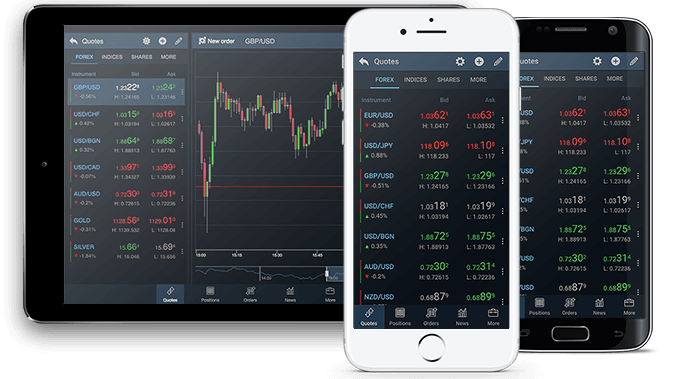
Indeed, institutions use internal research and analysis to craft advanced trading strategies. If a retail trader continues to generate positive returns and accumulate more capital from other investors, they may organize into what is essentially a small investment fund. This growth can continue, limitless, to the point where the retail trader is now an institutional trader. Though retail traders and institutional traders are different breeds of traders, retail traders often become institutional traders. A retail trader may start to trade for their own personal account, and if they perform well, they may start to trade for friends and family. The larger the institutional fund, the higher the market cap institutional traders tend to own.
News & Insights
But, if you are looking to become a professional institution trader working in a high-level position, you need a Masters degree. Hence, institutional investors strategise to invest in exotic instruments in order to diversify the portfolio significantly. Look for noticeable but gradual increases, like 10% or 20% increases, that are sustained over a few weeks. The last thing an institutional investor wants to do is call too much attention when they are building a position.
Also, institutions are more likely to invest in crypto start-ups before they become publicly available, in the private markets, where at this point, retail investors are shut out due to accredited investor laws. Also, retail investors don’t have the advantage of a team of analysts who constantly monitor financial markets. While retail traders can learn a great deal from earnings reports, chart data, and market news, they likely won’t have the same expertise as a professional institution.
The knowledge from EPAT programme can be helpful in becoming an institutional trader. EPAT offers a vast knowledge of the contemporary concepts of algorithmic trading and quantitative calculations for increasing the ease and favourable returns while trading in financial markets. Our counterparty-orientated approach means that we’re trusted by a wide array of exotic and structured product desks, hedge funds and other large institutional managers across the world. There are some instances where retail trading volume can have an outsized influence on a stock’s price. For example, GameStop’s stock soared in 2021 after a group of retail traders on Reddit decided to buy up a ton of shares.
The resources we have mentioned below are helpful with regard to equipping one with the required knowledge for institutional trading practice. Factor investing is an investment strategy that helps create a portfolio by selecting securities based on factors. The solid red line is the performance of the fund, and the dotted red line is the same fund with 2x leverage.
We realise the importance of being there, especially in times of uncertainty. When markets become turbulent, we stay resolute in our commitment to provide liquidity to help institutions manage risk and execute their investment strategies. Institutions may not have access to speculative micro-cap companies or penny stocks that retail traders can take advantage of. Investing with institutional traders has many perks, but there are potential pitfalls to relying on these firms. Institutional traders tend to carefully time their buy and sell orders to avoid triggering major stock price moves.
While upcoming US midterm elections have generated plenty of headlines, to date there has been relatively little in the way of market volatility in relation to the event. Short selling occurs when an investor borrows a security, sells it on the open market, and expects to buy it back later for less money. This book highlights some of the important concepts that are useful for the latest financial orders and plans.
We leverage the full resources of our firm to help individuals, families and institutions reach their financial goals. As a global financial services firm, Morgan Stanley is committed to technological innovation. We rely on our technologists around the world to create leading-edge, secure platforms for all our businesses. We offer scalable investment products, foster innovative solutions and provide actionable insights across sustainability issues. We offer timely, integrated analysis of companies, sectors, markets and economies, helping clients with their most critical decisions.
We provide institutional investors globally with more transparent, efficient and intelligent ways to trade across multiple asset classes. We are a global market maker to around 2,000 institutional counterparties across the globe, including banks, asset and wealth managers, pension funds, insurance companies, family offices and hedge funds. Optiver US is a trading partner to counterparties across the globe, providing liquidity in index, fixed income and commodity options. Our team’s leading market share on the screen and in the block market allows us to provide tight pricing for a variety of structures and sizes.
Our segregated client fund solutions and robust capital structure allow for long-term strength, security and stability. For faster execution and the best pricing, Advanced Markets maintains a solid infrastructure and the technology and experience to deliver results. We value our commitment to diverse perspectives and a culture of inclusion across the firm. From our origins as a small Wall Street partnership to becoming a global firm of more than 60,000 employees today, Morgan Stanley has been committed to clients and communities for 85 years.
- The risk-adjusted return (how to measure risk-adjusted return) is good due to the low drawdowns.
- For example, the Medallion Fund led by Jim Simons uses special algorithms to place trades to avoid slippage and not to move markets.
- For more than 25 years, Morgan Stanley has led the industry and set the standard for excellence in prime brokerage.
- We are a global market maker to around 2,000 institutional counterparties across the globe, including banks, asset and wealth managers, pension funds, insurance companies, family offices and hedge funds.
- Institutions will typically have more internal market data than an individual can find.
We have global expertise in market analysis and in advisory and capital-raising services for corporations, institutions and governments. Our trading coverage extends to major Hong Kong, Japan and Korea equity derivatives and ETF markets. We pride ourselves on responding to the needs and trading priorities of the 600+ institutions, funds, banks and merchants who count on us.
Institutional traders vs Retail traders
Since we started this blog in 2012 we have written many trading strategies that you can read for free, please see our complete list of trading systems. The strategies can help you copy some of the ideas and logic that institutional traders use. The majority of the institutional players make their strategies with other aims than the typical retail investor. While the retail investor is often looking for the holy grail trading strategy, the institutional investor is much more interested in having a portfolio of trading strategies that are uncorrelated to each other.
Strategy Shop
Let us start with the educational requirements for becoming an institutional trader first. The institutional trader and investor have bigger capacities than the retail trader. Any institution has more human resources, better tools, and MUCH https://traderevolution.net/ more capital. The latter might be an impediment, though, as a big capital base makes it more difficult to trade and move size. By that, we mean many strategies that cover different asset classes, market directions, and time frames.
The risk-adjusted return (how to measure risk-adjusted return) is good due to the low drawdowns. For example, the grey line is the MSCI world index for stocks, and stocks suffer from “gut-wrenching” drawdowns once in a while (which you avoided with the Multi-Strategy). Any wealthy investor is likely happy to diversify some of his funds into Brummer to make a portfolio that is diversified. Advanced Markets maintains a wholesale trading infrastructure for a wide range of clients. No matter your technology demands or trading strategies, our services will exceed your expectations.
How much do institutional traders earn?
There are immense opportunities globally for people with the right skill sets. Organisations mainly look for quick and efficient decision making under pressure and the ability to trade profitably for the client. Advanced Markets has always prided itself on an ability to deliver on our promise of direct market access, and provide our clients with the best the market has to offer. We have the experience and agility to partner with clients from individual investors to global CEOs. See how we can help you work toward your goals—even as they evolve over years or generations. At Morgan Stanley, we focus the expertise of the entire firm—our advice, data, strategies and insights—on creating solutions for our clients, large and small.
They have the ability to invest in securities that generally are not available to retail traders, such as forwards and swaps, as well as IPOs. Given their capital capacity and the fact that they trade with pooled funds, these institutions trade in huge volumes that can exert a huge influence on the price dynamics of financial instruments they trade. As such, they have to trade with complex methods and strategies to avoid disrupting asset prices, which could be to their detriment. More brokerage platforms now offer a wider suite of trading opportunities, like options and futures for retail traders. The cost to make trades might be higher for retail traders if they go through a broker that charges a flat fee per trade in addition to marketing and distribution costs. The number of shares traded by retail traders usually is too few to impact the price of the security.
As a retail trader, you have to look for their fine footprints — gradual but sustained volume increase over a few weeks. So, the primary way to identify institutional trades is by observing the trading volume. What you should be looking for is a successive volume increase that shows true buying demand. The volume increase also doesn’t have to be huge; a one-time volume spike is not good enough. Execute trades on the fastest commercially available trading platforms, with advanced risk management. At Advanced Markets, we are pioneers in offering best-in-class trading software and infrastructure, alongside a range of asset classes to meet your goals and implement your trading strategies.





